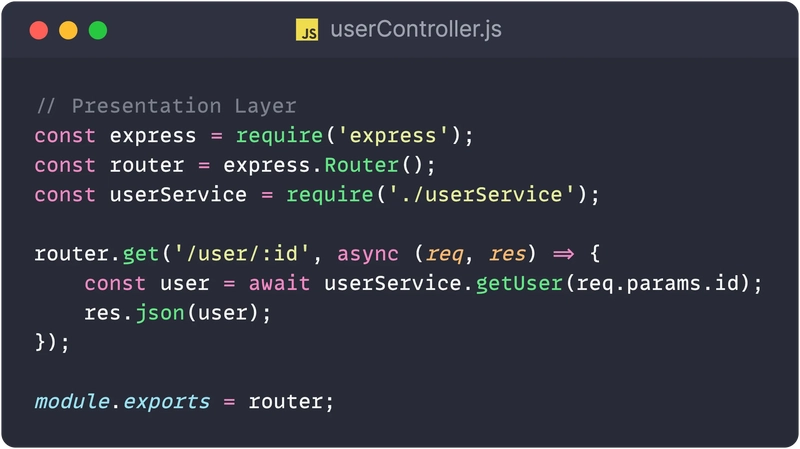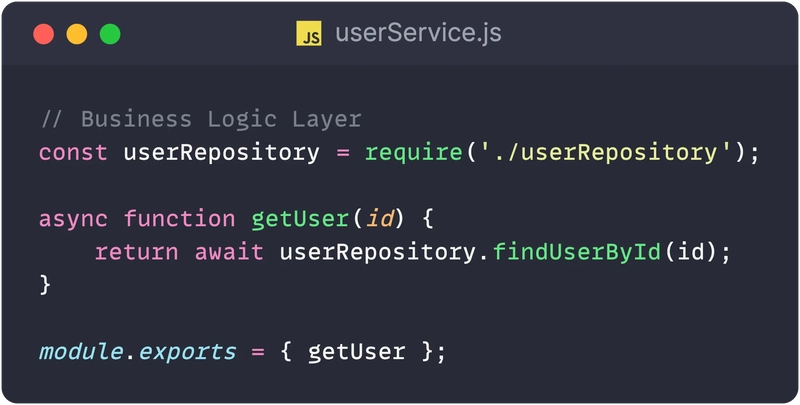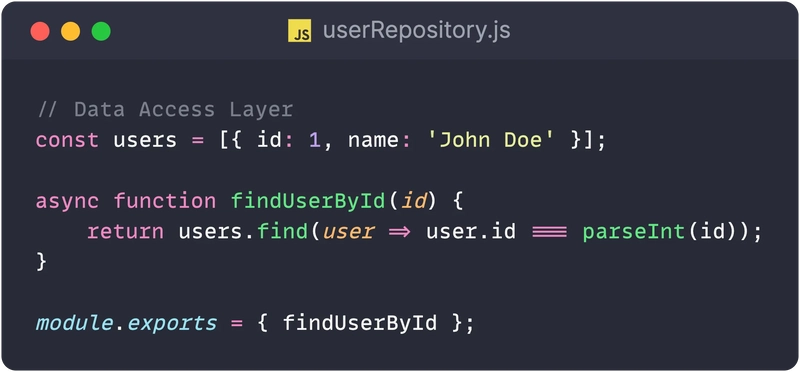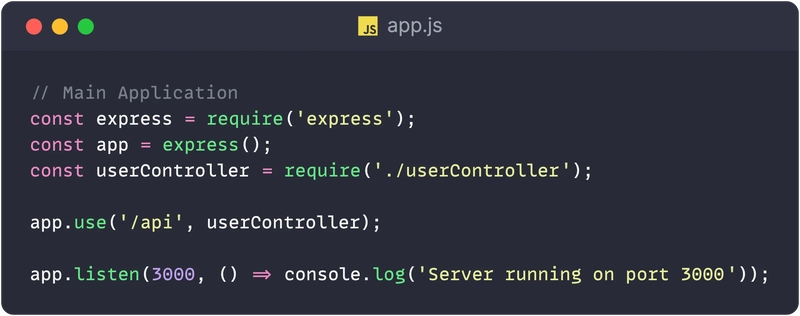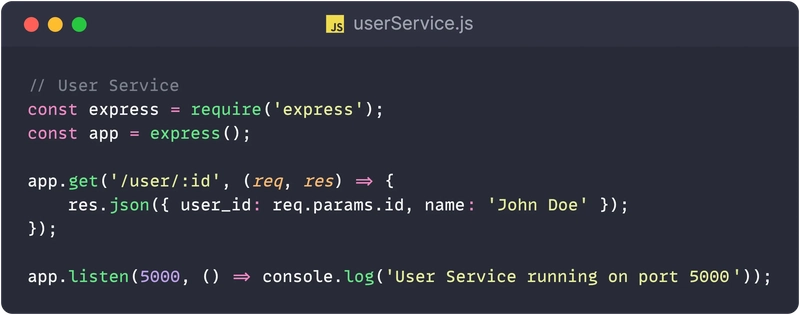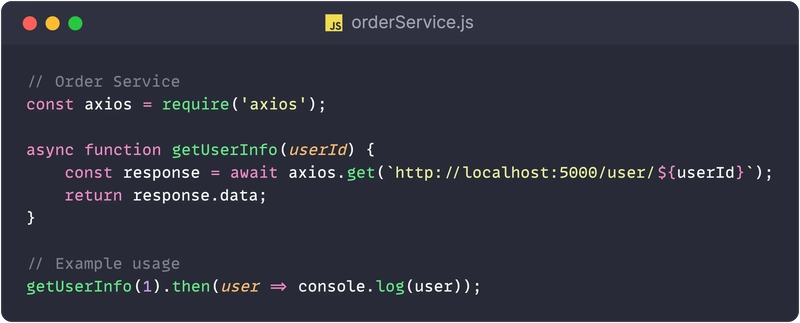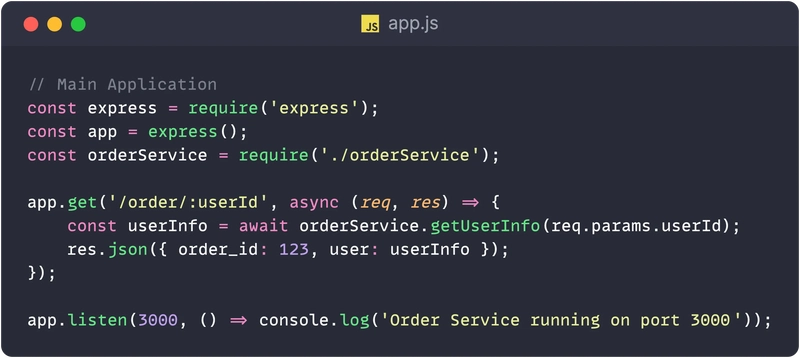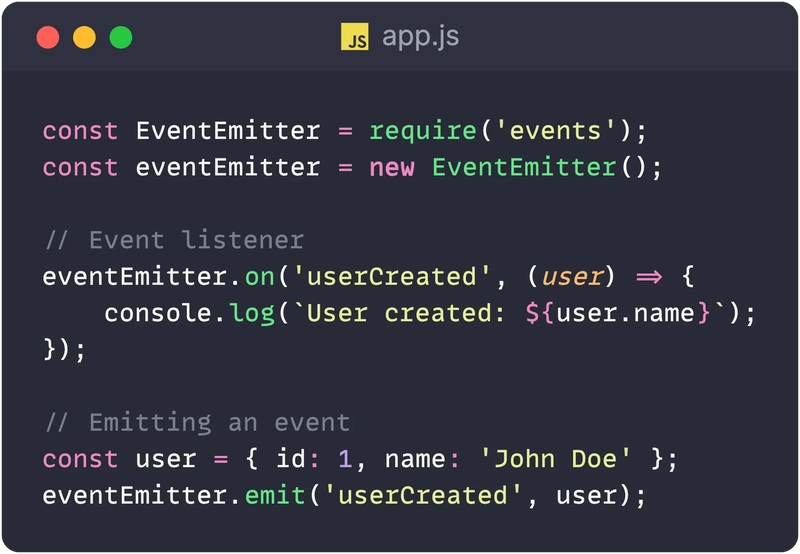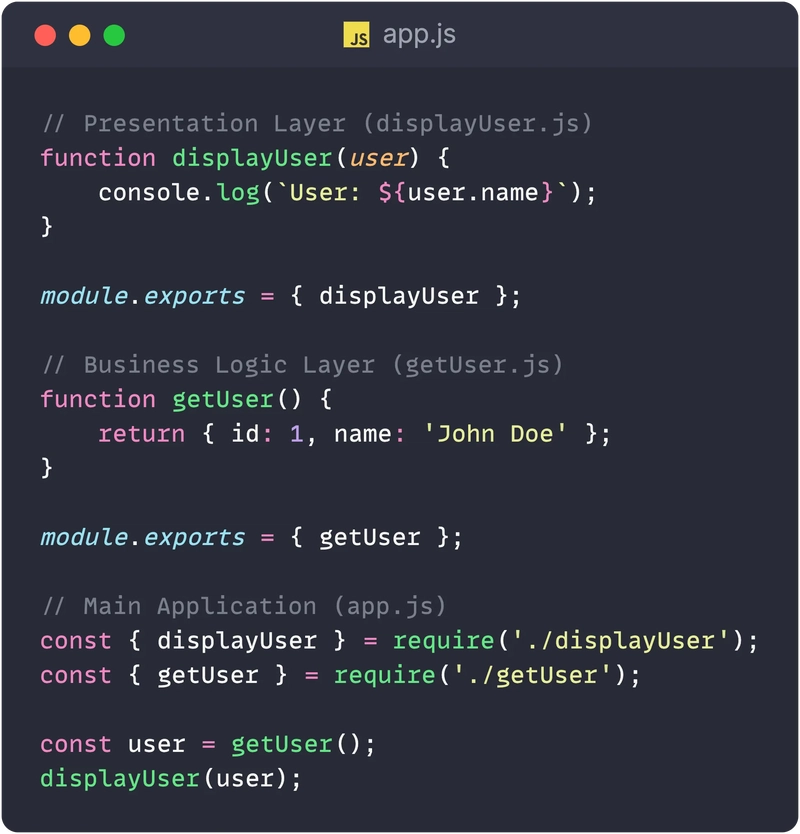A Brief Overview of How We Choose Our Architecture
In this article, I’ll discuss key architectural styles and principles, share practical Node.js code examples, and explain why I selected a microservice architecture for our project. Choosing the right architecture is crucial because it directly impacts the system’s scalability, maintainability, and performance. Architectural Styles Layered (N-tier) Architecture Layered architecture divides the system into distinct layers, each with specific responsibilities. Common layers include presentation, business logic, and data access. Example: Layered Architecture in a Web Application Microservices Architecture For our project, I chose a microservices architecture because it allows us to break down our application into independent, self-contained services. This approach suits our need for scalability, flexibility, and ease of deployment. By decoupling services, we can develop, deploy, and scale each part of our application independently, which is particularly beneficial for a growing and evolving system. Example: Microservice Communication Event-Driven Architecture Event-driven architecture relies on events to trigger communication between decoupled components. Example: Event-Driven Architecture Principles of Software Architecture Separation of Concerns Separating concerns improves modularity and maintainability. Example: Separation of Concerns in a Web Application Scalability Designing for scalability ensures the system can handle increasing loads. Example: Horizontal Scaling with Microservices Deploy multiple instances of a microservice behind a load balancer to distribute the load evenly. Modern Trends Cloud-Native Architecture Cloud-native applications leverage cloud services to enhance scalability, reliability, and manageability. Example: Deploying a Microservice to AWS Lambda Conclusion In conclusion, selecting the appropriate software architecture is paramount as it directly influences the scalability, maintainability, and performance of a system. By understanding key architectural styles, principles, and leveraging practical examples in Node.js, we can make informed decisions that align with our project’s requirements and goals.
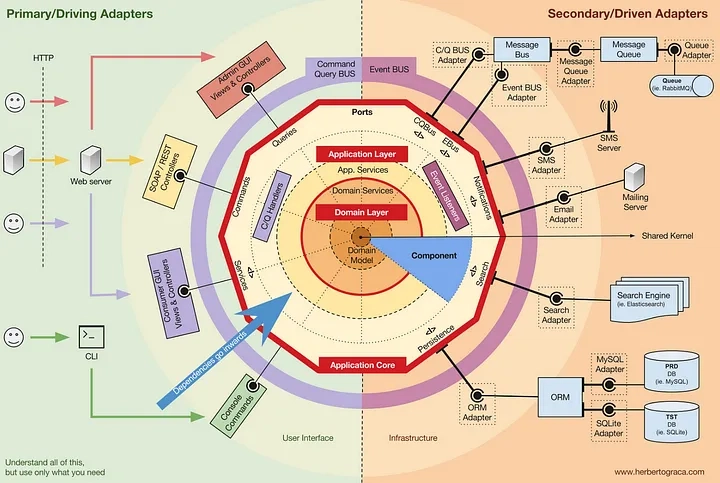
In this article, I’ll discuss key architectural styles and principles, share practical Node.js code examples, and explain why I selected a microservice architecture for our project. Choosing the right architecture is crucial because it directly impacts the system’s scalability, maintainability, and performance.
Architectural Styles
Layered (N-tier) Architecture
Layered architecture divides the system into distinct layers, each with specific responsibilities. Common layers include presentation, business logic, and data access.
Example: Layered Architecture in a Web Application
Microservices Architecture
For our project, I chose a microservices architecture because it allows us to break down our application into independent, self-contained services. This approach suits our need for scalability, flexibility, and ease of deployment. By decoupling services, we can develop, deploy, and scale each part of our application independently, which is particularly beneficial for a growing and evolving system.
Example: Microservice Communication
Event-Driven Architecture
Event-driven architecture relies on events to trigger communication between decoupled components.
Example: Event-Driven Architecture
Principles of Software Architecture
Separation of Concerns
Separating concerns improves modularity and maintainability.
Example: Separation of Concerns in a Web Application
Scalability
Designing for scalability ensures the system can handle increasing loads.
Example: Horizontal Scaling with Microservices
Deploy multiple instances of a microservice behind a load balancer to distribute the load evenly.
Modern Trends
Cloud-Native Architecture
Cloud-native applications leverage cloud services to enhance scalability, reliability, and manageability.
Example: Deploying a Microservice to AWS Lambda
Conclusion
In conclusion, selecting the appropriate software architecture is paramount as it directly influences the scalability, maintainability, and performance of a system. By understanding key architectural styles, principles, and leveraging practical examples in Node.js, we can make informed decisions that align with our project’s requirements and goals.




























![[Webinar] AI Is Already Inside Your SaaS Stack — Learn How to Prevent the Next Silent Breach](https://blogger.googleusercontent.com/img/b/R29vZ2xl/AVvXsEiOWn65wd33dg2uO99NrtKbpYLfcepwOLidQDMls0HXKlA91k6HURluRA4WXgJRAZldEe1VReMQZyyYt1PgnoAn5JPpILsWlXIzmrBSs_TBoyPwO7hZrWouBg2-O3mdeoeSGY-l9_bsZB7vbpKjTSvG93zNytjxgTaMPqo9iq9Z5pGa05CJOs9uXpwHFT4/s1600/ai-cyber.jpg?#)











































































































































![[The AI Show Episode 144]: ChatGPT’s New Memory, Shopify CEO’s Leaked “AI First” Memo, Google Cloud Next Releases, o3 and o4-mini Coming Soon & Llama 4’s Rocky Launch](https://www.marketingaiinstitute.com/hubfs/ep%20144%20cover.png)





























































































































![[FREE EBOOKS] Machine Learning Hero, AI-Assisted Programming for Web and Machine Learning & Four More Best Selling Titles](https://www.javacodegeeks.com/wp-content/uploads/2012/12/jcg-logo.jpg)








































































![Rogue Company Elite tier list of best characters [April 2025]](https://media.pocketgamer.com/artwork/na-33136-1657102075/rogue-company-ios-android-tier-cover.jpg?#)








































































_Andreas_Prott_Alamy.jpg?width=1280&auto=webp&quality=80&disable=upscale#)





























































































![What’s new in Android’s April 2025 Google System Updates [U: 4/18]](https://i0.wp.com/9to5google.com/wp-content/uploads/sites/4/2025/01/google-play-services-3.jpg?resize=1200%2C628&quality=82&strip=all&ssl=1)










![Apple Watch Series 10 Back On Sale for $299! [Lowest Price Ever]](https://www.iclarified.com/images/news/96657/96657/96657-640.jpg)
![EU Postpones Apple App Store Fines Amid Tariff Negotiations [Report]](https://www.iclarified.com/images/news/97068/97068/97068-640.jpg)
![Apple Slips to Fifth in China's Smartphone Market with 9% Decline [Report]](https://www.iclarified.com/images/news/97065/97065/97065-640.jpg)
































































































































